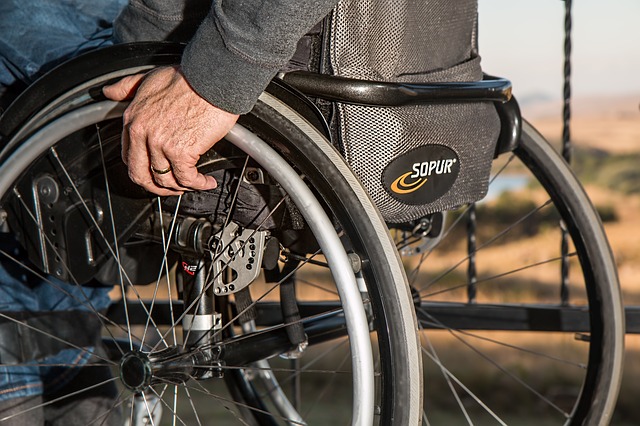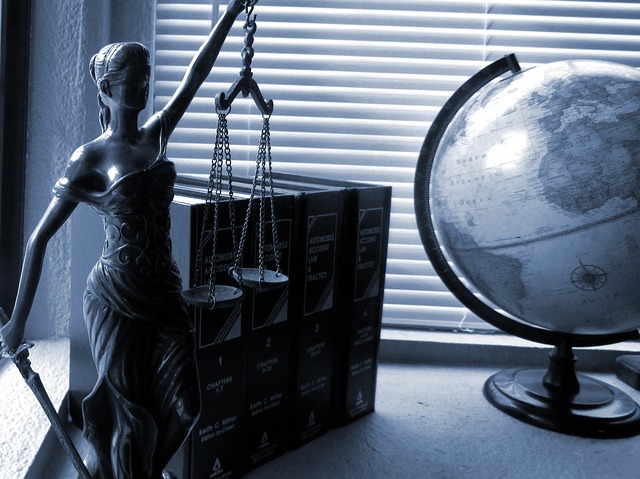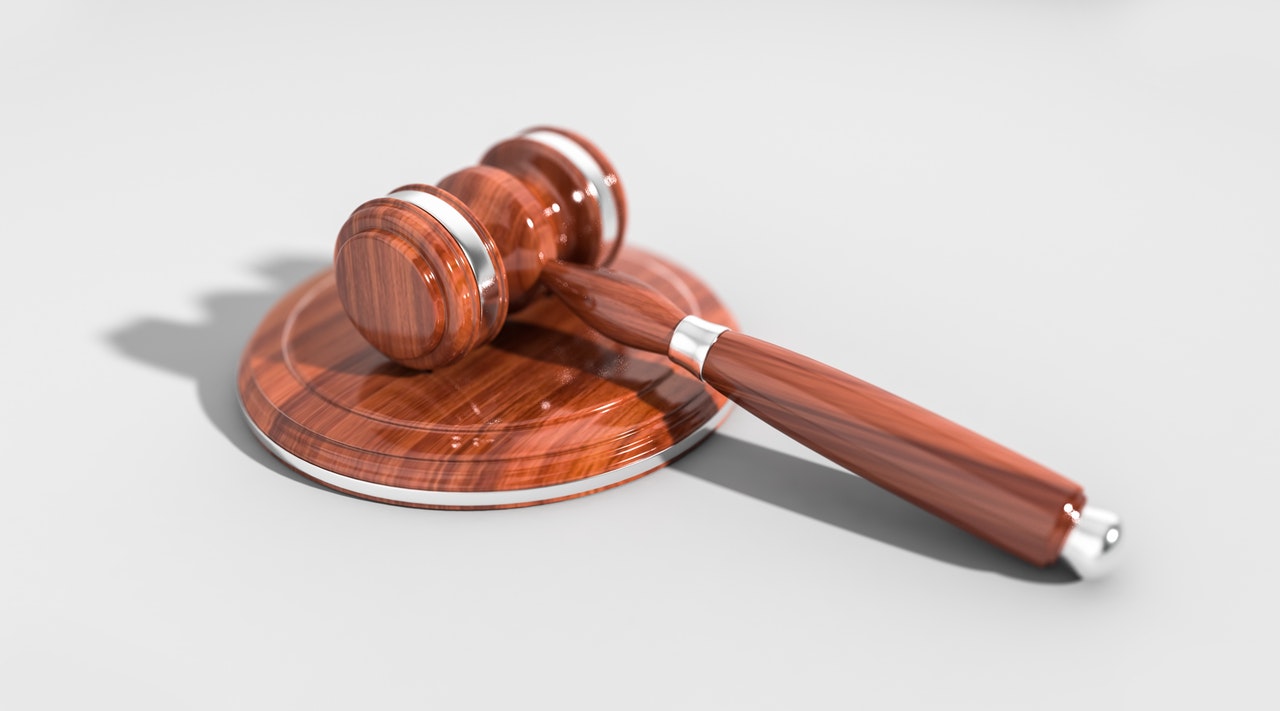Doesn’t it seem like lawyers and judges have a language of their own? One that sometimes looks and sounds like English, sometimes doesn’t, but is always strange and hard to understand? That’s because they do. “Legalese” is the unflattering description of it.
Legal English has its peculiar vocabulary, structure, and logic. It includes terms from Latin and French. These came down to us through Roman and Norman conquests of Britain, from where our American legal system is descended. It also assigns special meanings to English words, so they don’t mean what a layman might think they mean. Legal English evolved over centuries to serve the purposes of clear communication with standardized meanings, and with consistency, between legal professionals. It does this very well, but the flip side is it’s often a mystery to the plaintiffs, defendants, jurors, and others the justice system serves.
There are plenty of alphabetic glossaries of legal terms available online and elsewhere. A different approach is taken here to introducing the lexicon. A selection of 25 terms and phrases prominent in personal injury cases follows, presented and explained (in plain English) in the context of a typical case timeline. Legal terms areitalicized when introduced.
INJURED
 Personal injury law covers physical, financial, and emotional injuries to people, caused by the negligence of another person or party. A person or party is negligent when they’ve failed in their duty to meet a standard of care, that is, their obligation to provide the attention, alertness, caution, and prudence that a reasonable person under the same circumstances would apply. Gross negligence refers to a voluntary, conscious, willful disregard for the duty to meet the standard of care, resulting in injury.
Personal injury law covers physical, financial, and emotional injuries to people, caused by the negligence of another person or party. A person or party is negligent when they’ve failed in their duty to meet a standard of care, that is, their obligation to provide the attention, alertness, caution, and prudence that a reasonable person under the same circumstances would apply. Gross negligence refers to a voluntary, conscious, willful disregard for the duty to meet the standard of care, resulting in injury.
Damages are payments sought by a victim for harms caused by the negligence of the person or party they believe to be responsible. Compensatory damages replace what the injured person has lost or suffered. Special damages compensate for financial loss: money-for-money, money-for-property. General damages compensate for intangible harms like pain and emotional distress. Damages for consortium loss compensate a spouse for the loss of his or her spouse’s companionship, services, and attention due to his or her injury. The function of punitive damages is to send a message of deterrence to the community by punishing a defendant for exceptionally bad conduct.
WHO SHALL PAY?
Having sustained an injury and set out to recover damages, the injured person must establish the liability, the fault of the person or party they believe to be responsible for the accident. Sometimes this can be done without going through the courts, by direct negotiation between legal and insurance professionals for both sides.
This is a good opportunity to clarify the meaning of no-fault. Most people know that car accidents in Florida are subject to a no-fault law, but this emphatically does not mean that the law doesn’t care whose fault an accident is. It refers to a provision of the law regulating Florida auto insurance providers and policies. Under the no-fault provision, Florida car insurance policies are required to include a Personal Injury Protection (PIP) feature. A driver injured in a crash is entitled to compensation for medical expenses, and for indirect expenses like lost income, from his own insurance company. This is intended to speed the flow of relief to injured drivers.
Florida law applies a pure comparative negligence rule to the determination of liability in personal injury cases. Under this rule, liability for an injury can be shared by the victim and the person or party the victim is seeking damages from. The damages for which the other party is liable are reduced by the percentage of fault attributed to the injured person. Because this rule is applied by judges and juries, it’s often is raised by attorneys negotiating for a settlement before trial.
LAWSUIT
 If liability and damages cannot be agreed on in this way, the injured party can file a complaint and thus initiate a lawsuit in which they’ll attempt to convince a judge or jury of the other party’s liability. At this point, the injured party becomes a plaintiff and the other party a defendant. This is the beginning of the litigation phase.
If liability and damages cannot be agreed on in this way, the injured party can file a complaint and thus initiate a lawsuit in which they’ll attempt to convince a judge or jury of the other party’s liability. At this point, the injured party becomes a plaintiff and the other party a defendant. This is the beginning of the litigation phase.
The proof of liability due to negligence rests on four elements. There must have been a duty to meet a standard of care, and there must have been a breach of that duty by the defendant. The defendant must have been the cause of the plaintiff’s injuries and harms. Finally, the plaintiff must have sustained actual damages, financial, physical, or emotional.
Before the case goes to trial in court, the process of discovery allows both sides to seek and obtain evidence from each other. This can be a lengthy process, as current and past medical records, police reports, employment histories, public assistance records, and additional information are subject to discovery. Depositions can be taken, in which the defendant’s attorney can question the plaintiff, and vice versa, under oath and documented by a court reporter.
SETTLEMENT?
Before the trial, during or near the end of discovery, emerging clarity and mutual understanding of the facts of the case often lead to a settlement, an agreement about liability and damages reached by the plaintiff and defendant through their respective lawyers. When the parties feel a settlement is possible but need an independent opinion to resolve one or more sticking points, the case can go to mediation.
If a settlement cannot be reached, the case goes to trial in a court of law. The judge or the jury will determine liability and damages and order the defendant, if damages were awarded, to pay. That will be the end of the legal process, unless one of the litigants, the plaintiff or the defendant, is unhappy with the outcome and elects to appeal to a higher court.
The good news for plaintiffs is that this is when their lawyers generally get paid. Rather than hourly billing, personal injury attorneys usually work on a contingency fee basis, meaning they are paid by taking a percentage, agreed upon in advance, of damages awarded by the court. If the plaintiff loses the case, or wins but is awarded nothing, the plaintiff’s lawyer gets nothing.
THE LAW
Personal injury law exists within our overall legal framework, so there are a few terms which don’t relate narrowly to this area, but which are important to know and understand.

A statute of limitations is a law on the books which in the case of personal injury establishes the time period, after an injury, during which the injured person can start litigation. The critical dates are the injury date and the filing date for the plaintiff’s lawsuit, which in Florida personal injury actions must in most cases be within four years of the accident.
A cause of action is the reason a plaintiff files suit. In the case of personal injury suits, negligence is the underlying cause of action.
Finally, a tort is not a kind of pastry, but is a wrongful and/or illegal act which results in an injury to another person. Personal injury cases are a type of tort cases.
TAKEAWAY
Familiarity with these 25 legal terms will put you in pretty good shape to navigate the discussions and debates you’ll face if you become involved, on either side, in a personal injury case. The whole of Legal English is of course much, much deeper than this. The learning of it is a big part of a legal education. This review should help you stay alert to the nuances, and to identify terms you should ask an attorney to explain. Even when they seem to be plain English, sometimes they’re not.



